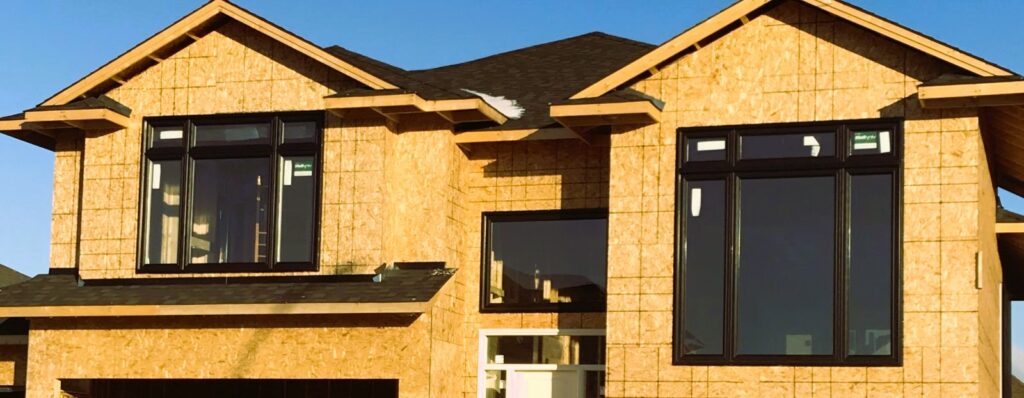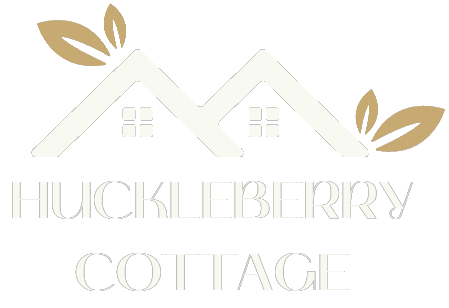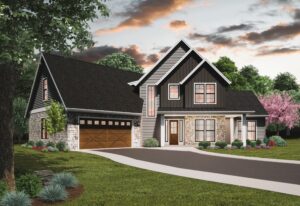Obtaining the necessary building permits is a crucial step in the process of constructing a cottage. Building permits ensure that the construction adheres to safety standards, building codes, and regulatory requirements. In this article, we will guide you through the process of obtaining building permits for cottages, highlighting the importance of compliance, the necessary documentation, and the role of regulatory bodies. Understanding this process will help ensure a smooth and successful cottage construction project.
Understanding Building Regulations
Before delving into the permit application process, it is essential to familiarize yourself with the building regulations and codes applicable to cottage construction. In Canada, building regulations are established by various regulatory bodies, including the National Building Code of Canada (NBCC). These regulations govern aspects such as structural integrity, fire safety, accessibility, and energy efficiency.

Visit the official website of the Government of Canada (canada.ca) for detailed information on building regulations, including the National Building Code. Understanding and complying with these regulations is vital to ensure the safety, durability, and legal compliance of your cottage.
Engaging Professionals
Working with professionals experienced in cottage construction is invaluable when navigating the permit application process. Hire an architect or designer who is knowledgeable about local building regulations and code requirements. Their expertise will ensure that your cottage plans meet the necessary standards and assist in preparing the required documentation.
Additionally, consider hiring a permit expediter or consultant who can guide you through the permit application process, ensuring that all necessary documents are prepared correctly and submitted in a timely manner. Their expertise can help streamline the process and alleviate potential challenges. Like the article? Read also about the Secrets of successful construction of a cottage.
Preparing Documentation
To obtain building permits for your cottage, you will need to submit various documents to the appropriate regulatory bodies. The specific requirements may vary depending on the location and jurisdiction, but commonly required documents include:
- Architectural Drawings: Detailed architectural drawings are essential to communicate your cottage design. These drawings should include floor plans, elevations, cross-sections, and construction details. Ensure that the drawings accurately depict the proposed construction and comply with building codes.
- Site Plan: A site plan illustrates the location of the cottage on the property and its relationship to existing structures, property boundaries, setbacks, and utility connections. It provides a comprehensive overview of the site and demonstrates compliance with zoning regulations.
- Structural Engineering: Depending on the complexity of the cottage design, structural engineering drawings and calculations may be required to ensure the structural integrity of the building. These documents typically include foundation design, load calculations, and framing details.
- Energy Efficiency Documentation: Many jurisdictions require energy efficiency compliance documentation, such as energy performance calculations or reports. This information demonstrates that the cottage meets energy efficiency standards set by local regulations.
- Building Permit Application Form: Complete the building permit application form provided by the relevant regulatory authority. This form typically includes information about the property owner, project details, and the scope of work.
Submitting the Application

Once you have prepared the required documentation, submit the building permit application to the appropriate regulatory authority. This is typically the local municipality or building department responsible for issuing permits. Include all the necessary documents, completed application form, and any associated fees.
The regulatory authority will review the application and documents to ensure compliance with building regulations. They may request additional information or revisions if needed. The review process can take several weeks, so it is advisable to submit the application well in advance of your desired construction start date.
Inspections and Permit Issuance
After the review process, if the application is approved, the regulatory authority will issue the building permit. The permit will outline the conditions, restrictions, and inspections required during construction. Adhere to the permit conditions and ensure that inspections are scheduled as required at various stages of the construction process. Inspections typically include foundation, framing, electrical, plumbing, and final inspections.
Conclusion
Obtaining building permits for cottages is a crucial step in ensuring the safety, legality, and compliance of your construction project. By understanding building regulations, engaging professionals, preparing the required documentation, and submitting the application to the appropriate regulatory authority, you can navigate the permit process successfully.
Remember, compliance with building regulations and obtaining the necessary permits demonstrates your commitment to constructing a safe and reliable cottage while avoiding potential legal and financial setbacks in the future.






